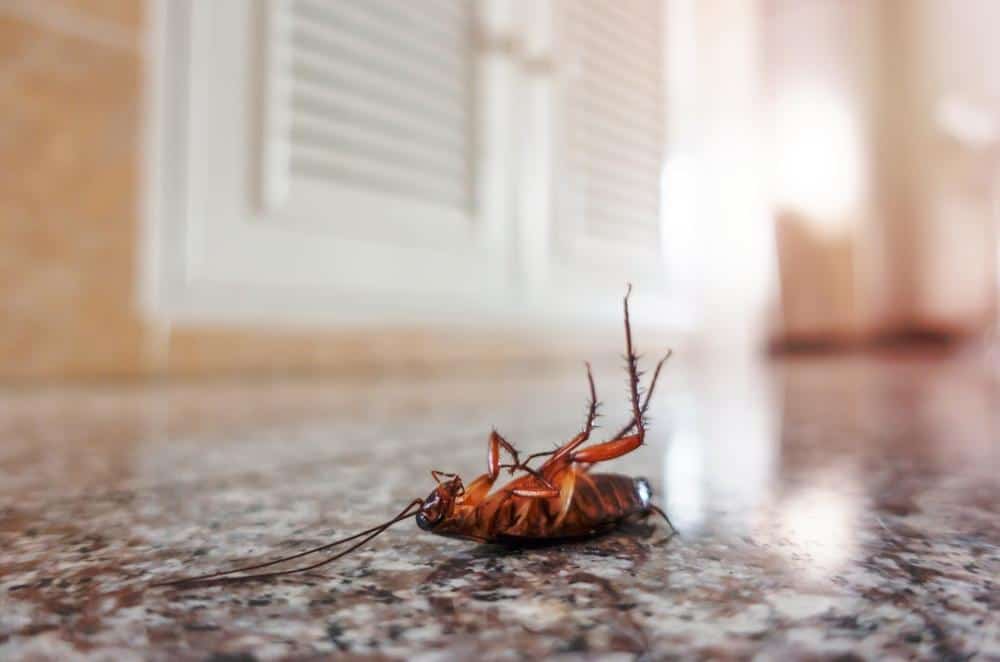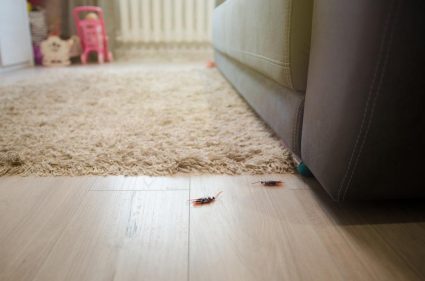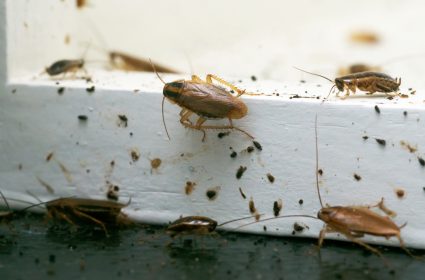
German roaches, scientifically known as Blattella germanica, are one of the most common types of roaches found in households. They are notorious for their resilience and their fast breeding rate, making them a nightmare for homeowners. When faced with a German roach infestation, people often resort to various methods to eliminate these pests. One such method that has been discussed frequently is the use of bleach. But does bleach actually kill German roaches? Let’s dive into the details.
Yes, bleach can technically kill German roaches through ingestion or drowning. However, it is not a practical or effective solution for a roach infestation. Roaches are unlikely to willingly consume or come into contact with bleach. Furthermore, bleach is a highly corrosive chemical that can pose risks to humans and pets. More effective and safer alternatives include boric acid, diatomaceous earth, gel baits, pyrethroid-based sprays, traps, and professional pest control services.
Understanding German Roaches
German roaches are small, about 1/2 inch to 5/8 inch long, and are tan to light brown in color. They are distinguished from other roaches by the two dark, parallel lines running from the back of their head to the wings. These roaches are notorious for their rapid reproduction and their ability to adapt to various environments, making them difficult to eradicate.
Bleach vs. German Roaches: The Science
Bleach is a powerful disinfectant and cleaning agent that can kill bacteria, viruses, and yes, pests like roaches. However, the effectiveness of bleach in killing German roaches is questionable. While bleach can kill roaches through ingestion or drowning, it is not as potent, safe, or easy to use as traditional insecticides specifically intended for roaches.
The strong smell of bleach is a deterrent to roaches, making it difficult to use as bait. Roaches are unlikely to willingly consume or come into contact with bleach. Therefore, while bleach can be used as a repellent, it won’t effectively solve a roach infestation.
The Hazards of Using Bleach
Bleach is a highly corrosive chemical that can pose risks to humans and pets. Direct contact with the skin or eyes can cause irritation and burns. Ingesting bleach can lead to gastrointestinal issues, and inhaling its fumes can cause respiratory problems. For pets, exposure to bleach can cause skin and fur irritation, vomiting, stomach irritation, and in severe cases, kidney damage, aspiration pneumonia, and blood serum changes.
Alternatives to Bleach
If you’re dealing with a German roach infestation, it’s advisable to consider alternatives that are more effective and safer than bleach. Here are a few options:
- Boric Acid: Boric acid is a highly effective roach killer. Sprinkle it in areas frequented by roaches or directly on the roaches themselves. When roaches clean themselves, they ingest the boric acid and die quickly.
- Diatomaceous Earth: This natural powder absorbs oil and fat from the roaches’ exoskeleton, causing them to dehydrate and die.
- Gel Bait: Apply gel bait in small dots around your home to lure roaches. The insecticides in the bait will kill the roaches.
- Pyrethroid-based Sprays: These sprays are neurotoxic to roaches and can paralyze them, causing them to starve to death.
- Traps: Use glue traps or poisonous roach traps to capture and kill roaches quickly.
Professional Pest Control
If you have a severe roach infestation, it’s best to call a professional pest control service. They use an integrated pest management (IPM) approach that combines multiple methods to address the root cause of the pest problem and prevent future infestations.
Preventive Measures
Lastly, remember that prevention is key. Keep your home clean, store food in sealed containers, and eliminate sources of moisture to reduce the chances of a roach infestation.
In conclusion, while bleach can technically kill German roaches, it is neither the most practical nor the most effective solution. Using traditional insecticides or considering professional pest control services are better approaches to dealing with a roach infestation.
Frequently Asked Questions
What is the lifecycle of a German roach?
The lifecycle of a German roach begins with an egg. A female German roach carries an egg capsule, known as an ootheca, which can contain up to 50 eggs. After about a month, the eggs hatch into nymphs, which are smaller, wingless versions of the adults. These nymphs undergo several molts, each time growing larger, until they reach adulthood. This entire process can take as little as a few weeks to a few months, depending on the environmental conditions.
Can I use bleach to disinfect areas after a roach infestation?
Yes, bleach can be used to disinfect areas after a roach infestation. It is a powerful disinfectant that can kill bacteria and viruses that may have been left behind by the roaches. However, it should be used with caution due to its corrosive nature. Always wear gloves and ensure the area is well-ventilated when using bleach.
How do roaches enter my home?
Roaches can enter your home in several ways. They can come in through cracks and crevices in walls, floors and windows, through pipes and drains, or hitch a ride on bags, boxes, and furniture. Roaches are also attracted to food and water sources, so any unsealed food or standing water can attract roaches into your home.
Are there any natural repellents for German roaches?
Some natural repellents for German roaches include essential oils like peppermint oil, cypress oil, and tea tree oil. You can make a spray by mixing these oils with water and spraying it around areas where roaches are found. However, these methods are not as effective as professional pest control methods and should be used as a complementary approach.
How can I identify a German roach infestation?
Signs of a German roach infestation include seeing the roaches themselves (they are nocturnal, so you’re more likely to see them at night), finding their droppings (which look like small, dark specks), and noticing a musty or oily smell. You may also find their egg capsules, which are small, dark, and oval-shaped.











